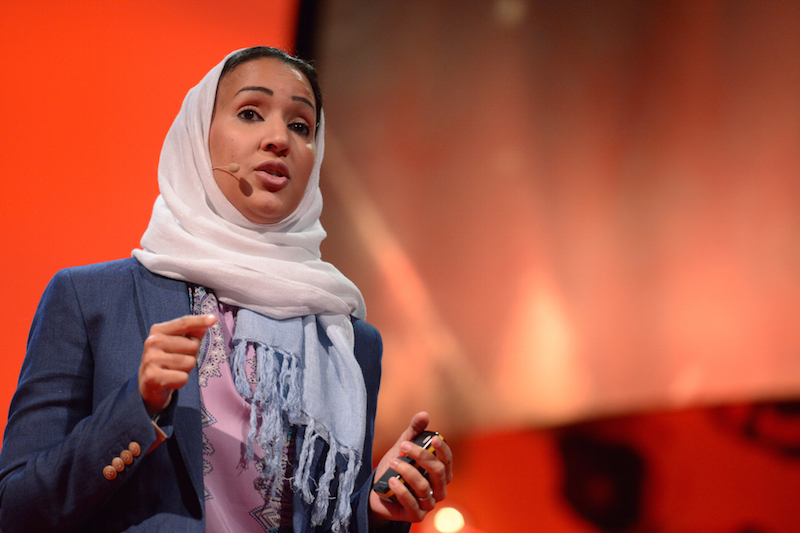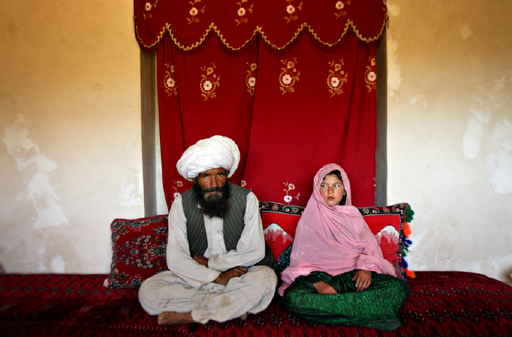Saudi Arabia’s treatment of women has traditionally been in violation of human rights. Under the kingdom’s strict, conservative laws, women aren’t allowed to leave their homes without a male family member or guardian or open a bank account with their husband’s permission, and they are not allowed to drive. However, these obstacles have not stopped women’s desire to learn. For women-only rounds on bumper cars at the Al Shallal Theme Park in Jeddah, women have been lining up for hours – not to bump each other, but to learn how to drive.
The amusement park offers a rare chance for women to practice their driving skills, without harassment. With the exception of remote corners of the kingdom, women are banned from driving otherwise. While some women treat the ladies’ night at the theme park as a chance for amusement and enjoyment, it is clear that others treat is an opportune time to practices skills otherwise frowned upon.
On Ladies’ night, the staffers are all female, and participants do not have to obey the country’s strict dress codes. Women may also use the bumper cars on nights when men are in attendance as well, however they have to cover themselves in abayas. When it is the women’s turn, the park puts up a curtain. While men driving bumper cars use the attraction for amusement, women drive in polite circles around the platform, refrain from disrupting the other ladies’ driving lessons.
Women who support the right to drive have been influential in advocating for the ban to be lifted. Activists and a select group of politicians are now pushing to lift the ban on driving real cars. The strongest argument for this change is that many women simply cannot afford a driver.
Progress for Saudi Arabian women’s rights is also slowly emerging in other arenas, such as the government. In 2013, women were finally appointed to be members of the Shura Council. In December 2015, women won municipal council seats in the first vote open to female voters and candidates. However, in the labour market, only 23% of Saudi women have jobs.
In late April 2016, Saudi Arabia’s Deputy Crown Prince Mohammed bin Salman Al Saud said that the Saudi community, “is not convinced about women driving.” The issue, “relates to the community itself that either accepts it or refuses it.” While the Prince has previously indicated that he supports expanding women’s rights in the country, allowing women to drive is excluded because of the community’s beliefs that it will garner negative consequences.
Even without support for female drivers, some of Prince Mohammed’s changes have already alarmed other politicians. His targeted increase in working women and celebrating pre-Islamic cultural heritage has created fears of liberal influence.
Women have been banned from driving as far back as the 1950s. More recently, however, the ban has received attention after Uber obtained a SAR 3.5 billion investment from Saudi Arabia’s sovereign wealth fund, sparking discussion about the future of the ban. Ride-hailing apps by companies like Uber have flourished in light of the ban.
The kingdom still has a long way to go.
While it seems that lifting the ban on driving is on the horizon, a timeline on the decision is hard to consider. On the one hand, slow, yet steady progress over the past few years has demonstrated that women behind the wheel is a clear next step. However, the strictly conservative nature of the Saudi political and legal systems indicates that female driving is far from achieving community-wide acceptance.
Photo: Manal al-Sharif, Saudi women’s rights activist and leader of right to drive campaign, at TEDGlobal (2013), by TED Conference via Flickr. Licensed under CC BY-NC 2.0.
Disclaimer: Any views or opinions expressed in articles are solely those of the authors and do not necessarily represent the views of the NATO Association of Canada.




